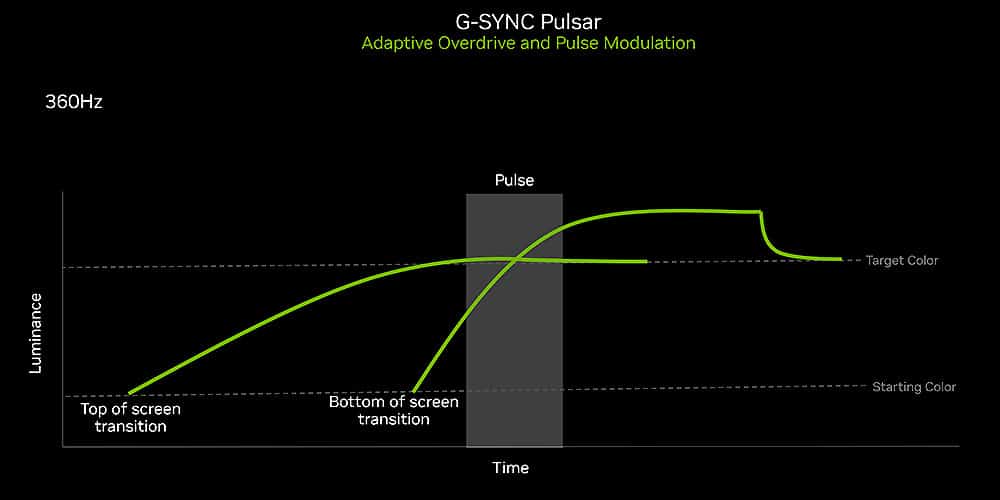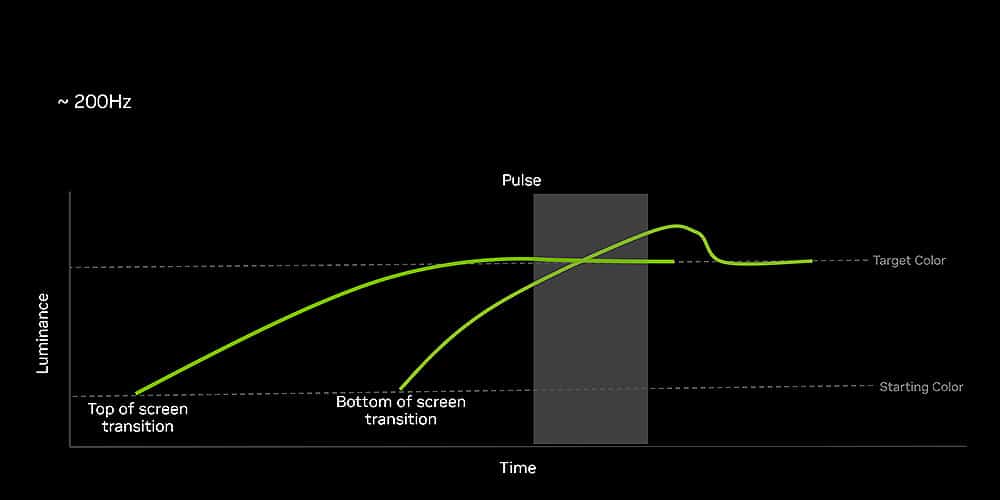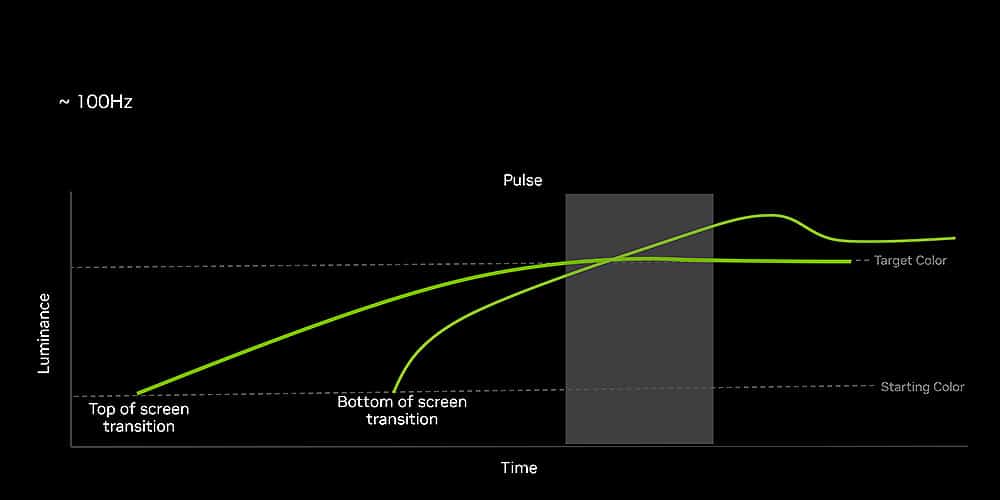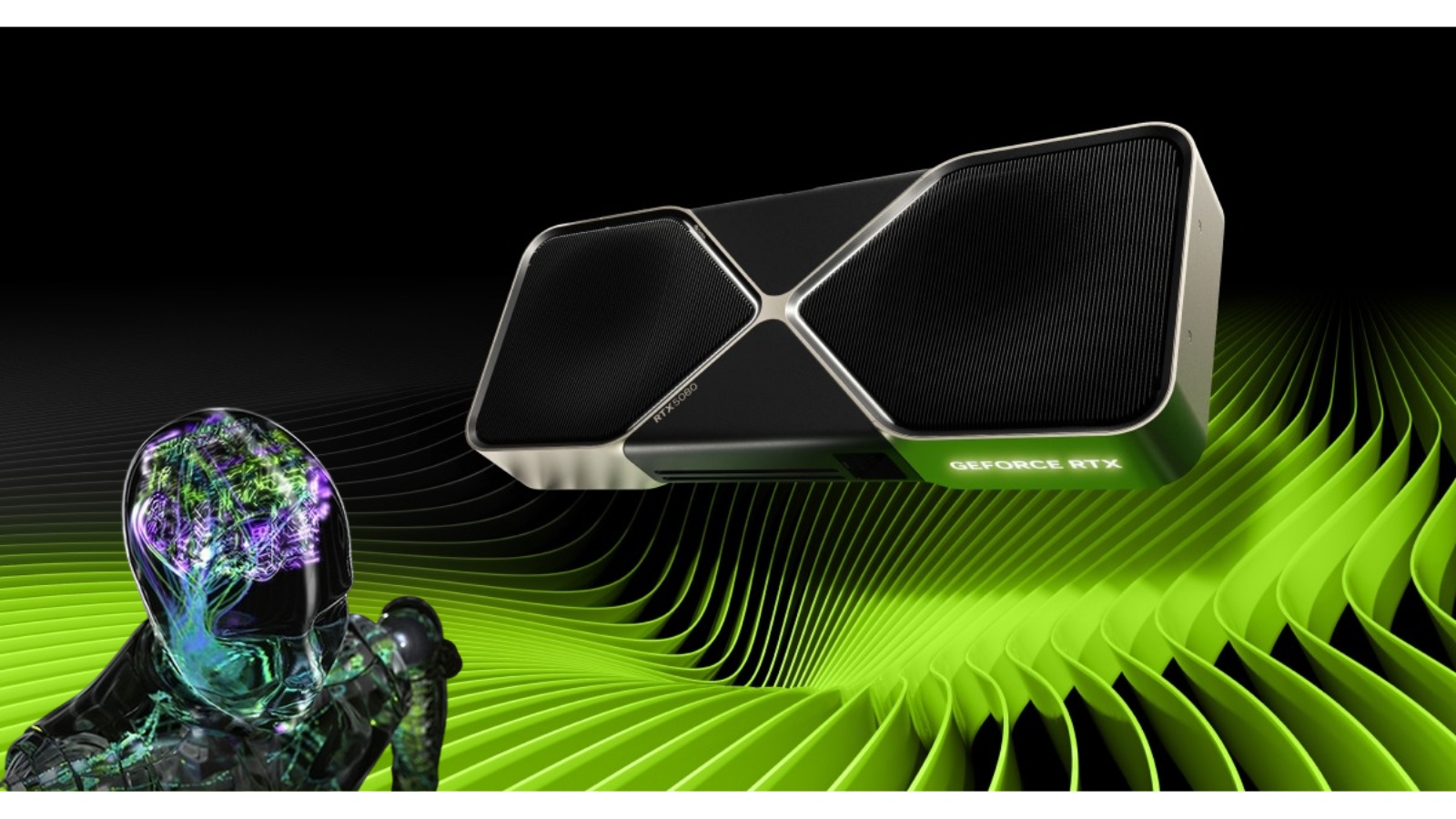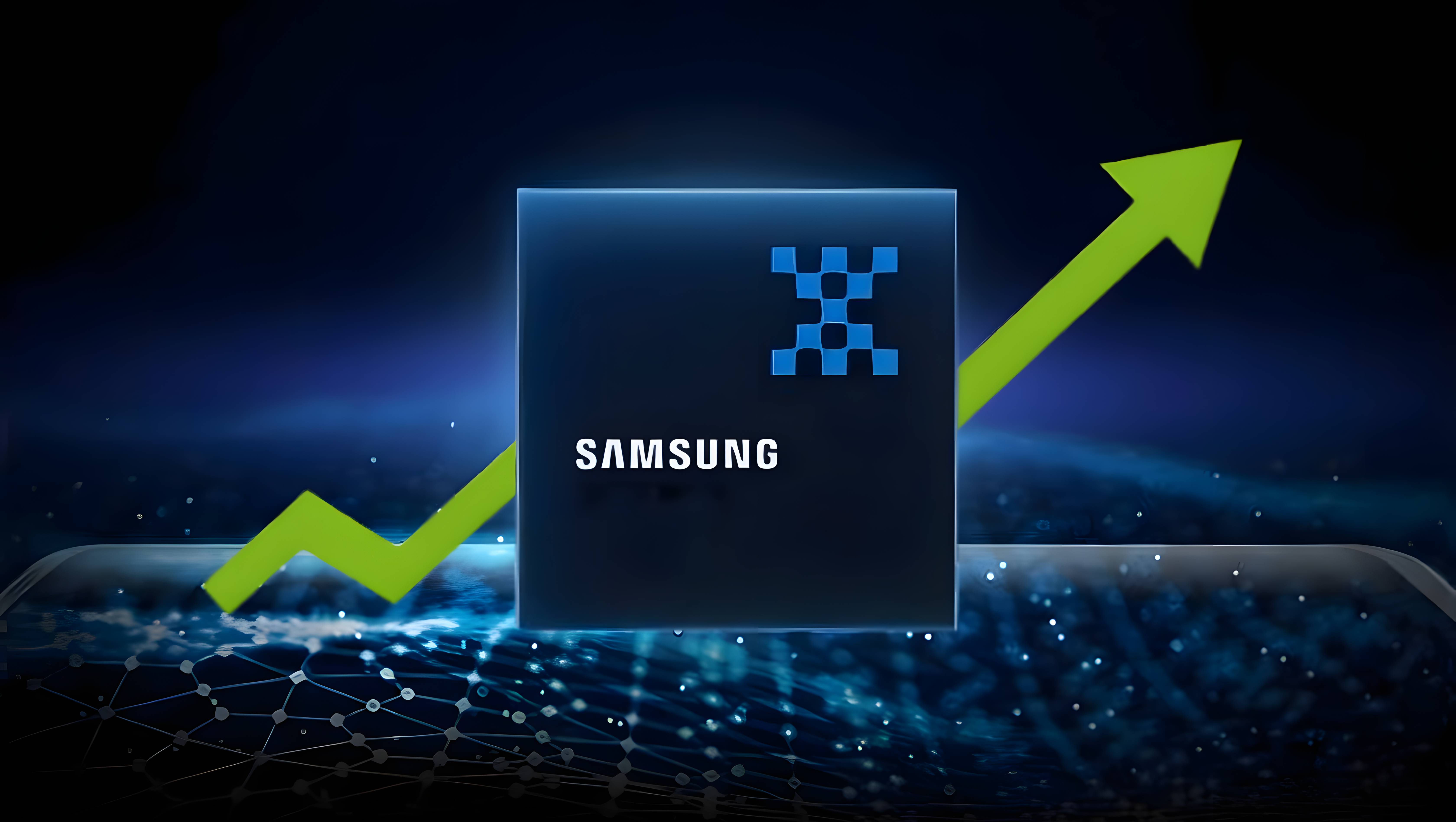Since introducing its original G-SYNC technology, Nvidia has greatly improved in the past years.
Currently, the company is further expanding the GeForce Now Ecosystem with its new G-SYNC “Pulsar” technology, an evolution of the VRR gaming monitor tech that provides the best fluidity and clarity in games.
The CEO of Nvidia, Jensen Huang, claims that this technology is the future of gaming since it fulfills the request of many casual and professional games for clarity and visual fidelity.
For those wondering how this is possible, the result is achieved by uniting the VRR through its variable frequency update Ultra Low Motion Blur technology (ULMB in its second iteration).
Variable Overdrive seems to have partially solved the problem. To some extent, dynamically synchronizing the refresh rate of the monitor with the frame rate is unrelated to the transition of color change in the pixels.
As a result, either VRR or ULMB or the proprietary technologies of the manufacturers of the panel and monitor, which are strobe techniques, could not be selected.
G-SYNC Pulsar combines the fluidity of synchronizing the FPS with the refresh rate of the monitor, synchronizing the speed of change of the panel pixels at the same time, achieving the best of both worlds.
Everything is accomplished through the use of an algorithm with a very special function that lets you modify the strobe patterns dynamically at various GPU rendering speeds.
To accomplish this and respond to the crucial question, G-SYNC Pulsar synchronizes the overdrive with the panel’s refresh rate by modulating it based on the specific millisecond place where the screen is operating. As per Nvidia, this guarantees maximum sharpness and minimal motion blur while maintaining panel speed synchronization.
However, it goes much further and is quite logical. G-SYNC Pulsar ensures intelligent control of brightness and pulse duration between pixel changes. The issue with not doing this is that the previously described would cause flickering, so Nvidia has accomplished what was considered science fiction in monitors only a few years ago.
As a result, the GPU’s render rate response, which is expressed in frames per second and milliseconds, is taken into consideration while synchronizing the overdrive panel refresh rate, brightness, and backlight pulse, thanks to an approach that combines the overdrive with the so-called “Blacklight Pulse” refresh rate.
The next development in the software implementation process to enable lightning-fast refresh rates is G-SYNC Pulsar. To demonstrate the technology, Nvidia used Counter-Strike 2, which runs on a 360 Hz panel with Pulsar enabled compared to one without.
There is a significant difference between the two, particularly in terms of visibility and motion clarity.
Thank you! Please share your positive feedback. 🔋
How could we improve this post? Please Help us. 😔
[Editor-in-Chief]
Sajjad Hussain is the Founder and Editor-in-Chief of Tech4Gamers.com. Apart from the Tech and Gaming scene, Sajjad is a Seasonal banker who has delivered multi-million dollar projects as an IT Project Manager and works as a freelancer to provide professional services to corporate giants and emerging startups in the IT space.
Majored in Computer Science
13+ years of Experience as a PC Hardware Reviewer.
8+ years of Experience as an IT Project Manager in the Corporate Sector.
Certified in Google IT Support Specialization.
Admin of PPG, the largest local Community of gamers with 130k+ members.
Sajjad is a passionate and knowledgeable individual with many skills and experience in the tech industry and the gaming community. He is committed to providing honest, in-depth product reviews and analysis and building and maintaining a strong gaming community.



